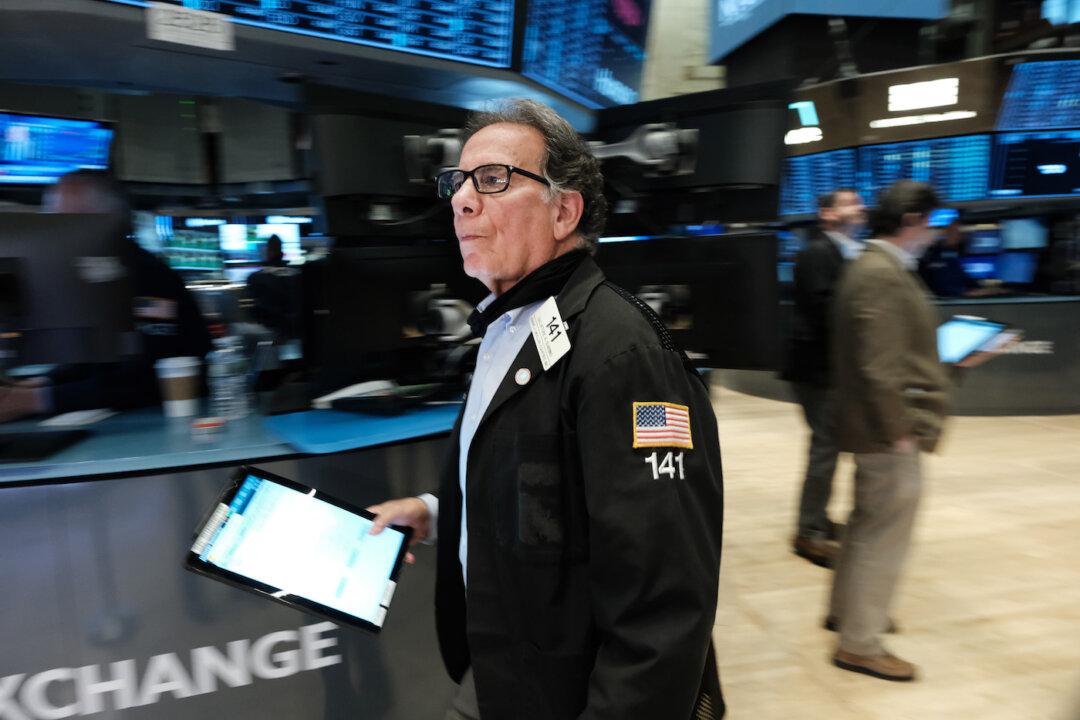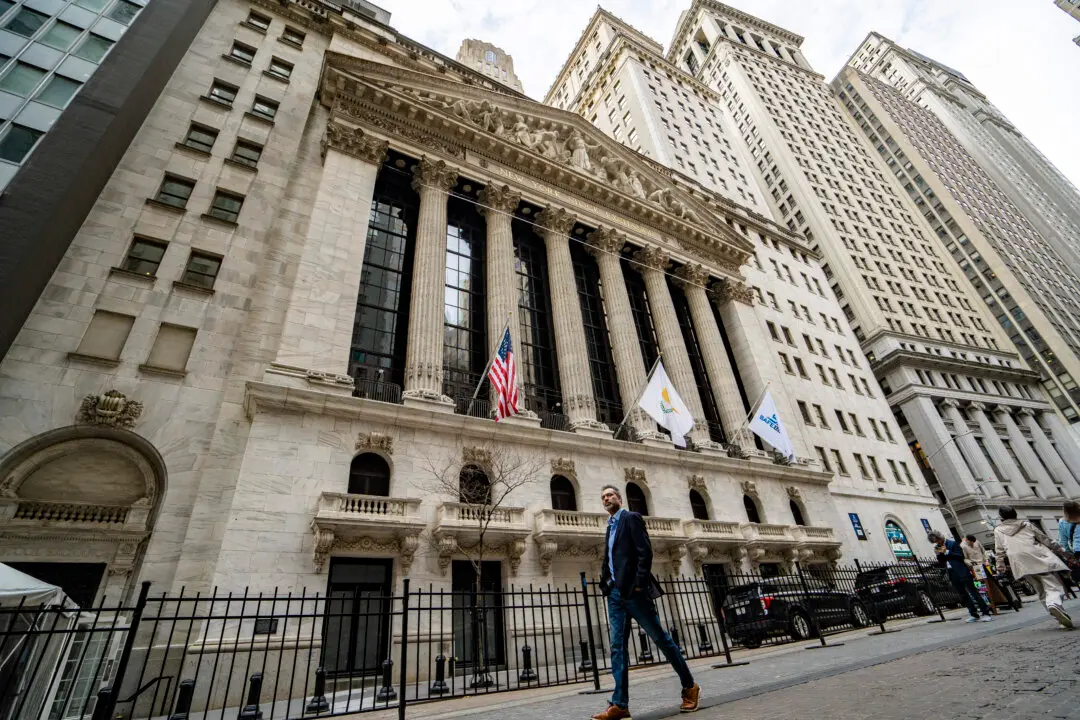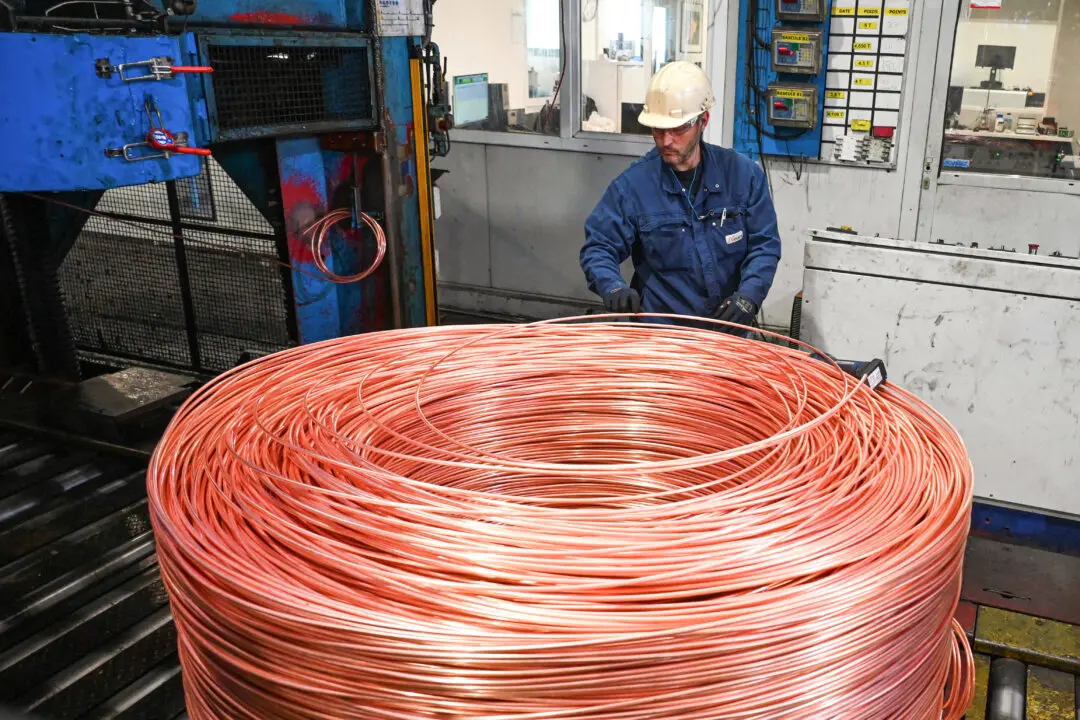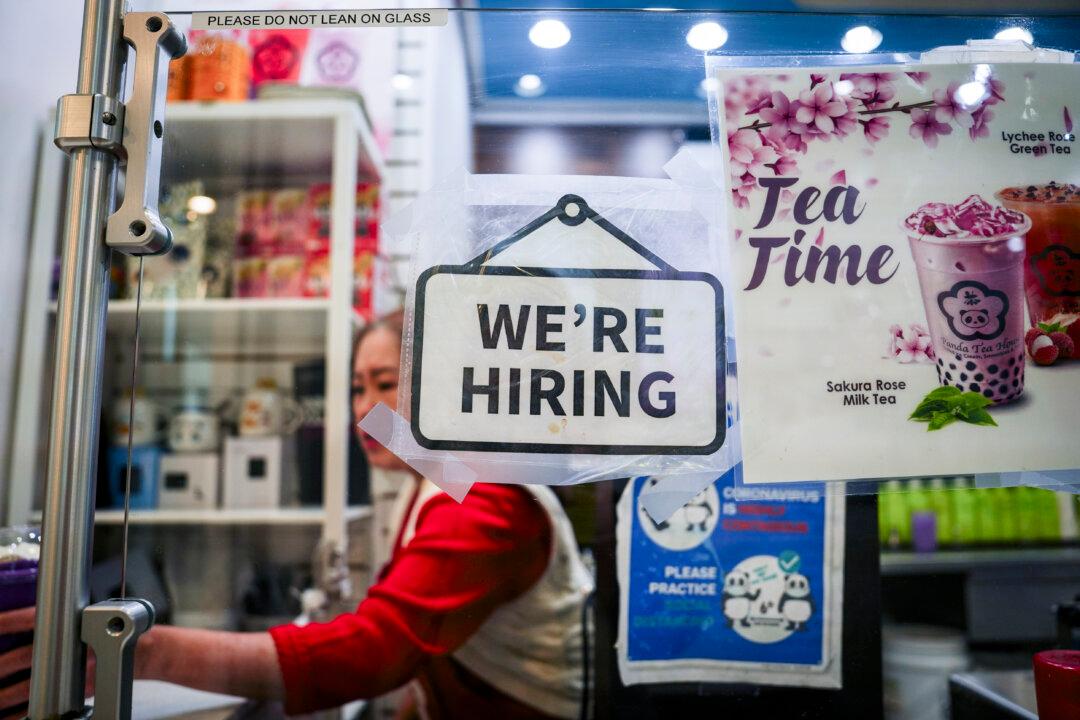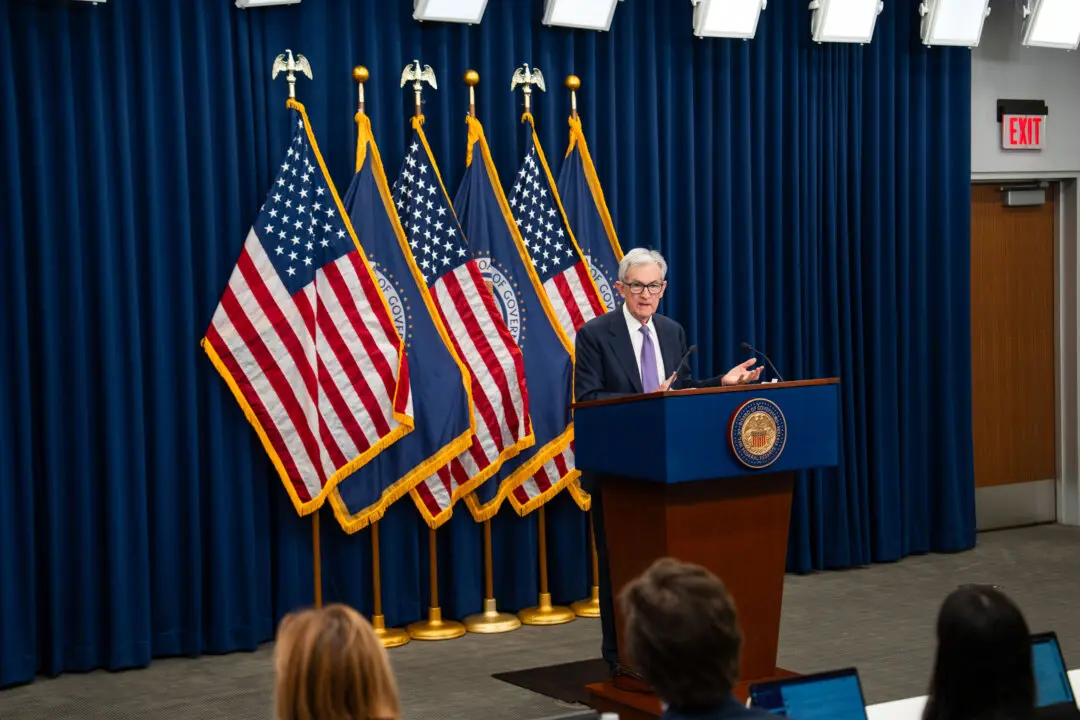Sentiment among Wall Street investors weakened in April following a slump bump in February and March, according to a new Goldman Sachs poll.
The Global Markets Division’s Marquee QuickPoll of institutional investors reported that the net sentiment of institutional investors toward risky assets fell below minus 50 percent. The monthly survey has been steadily declining since hitting a peak in early 2021.
